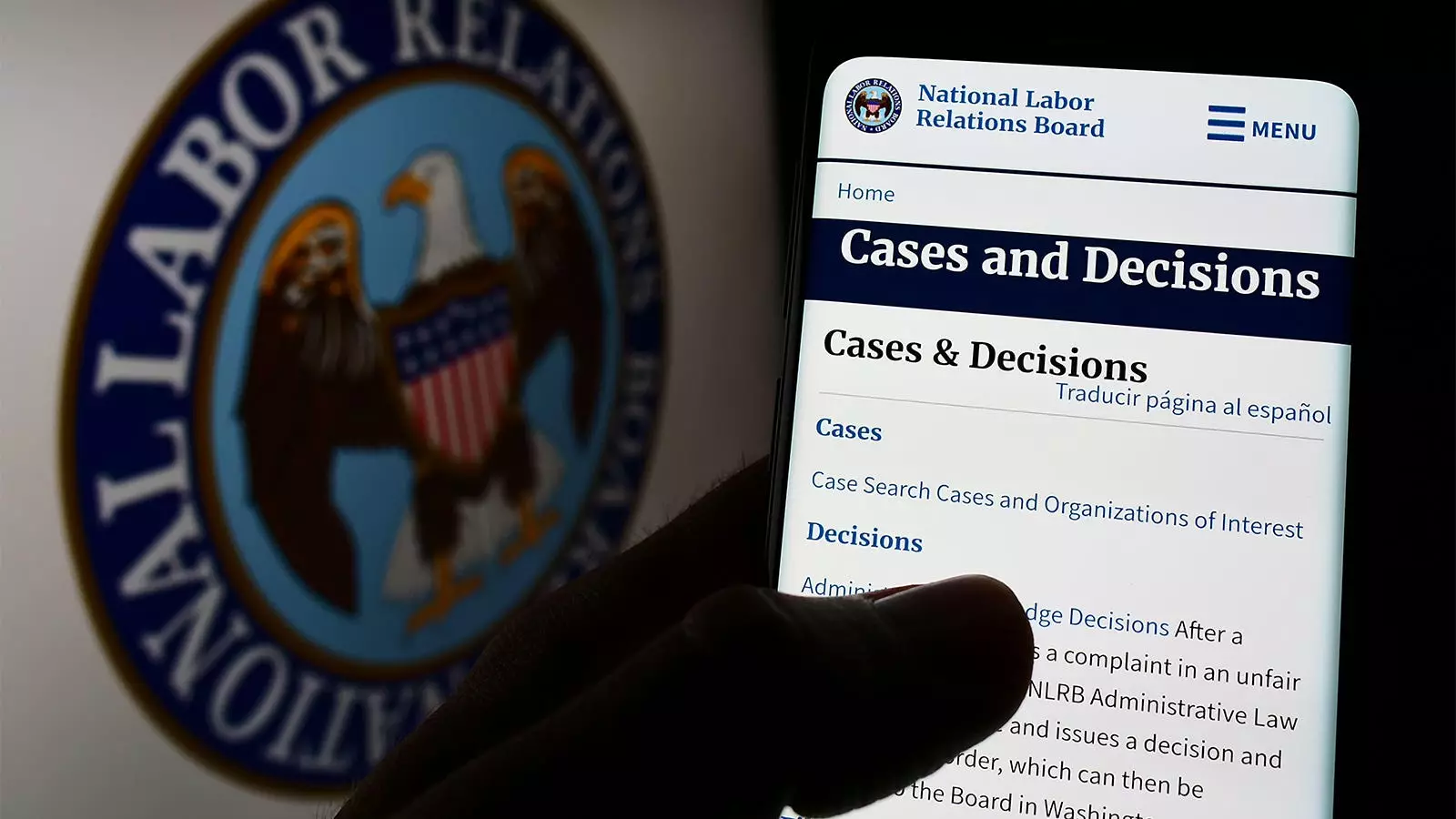The landscape of healthcare in the United States has been undergoing significant changes, particularly evident in the rising trend of physician unionization. Recent data from the National Labor Relations Board (NLRB) indicates a dramatic increase in the number of union petitions filed by physicians during the 2023-2024 period compared to the prior two decades. This upward trajectory reflects broader systemic challenges in healthcare and points to a critical turning point in how medical professionals seek to advocate for their rights and working conditions.
From the findings reported in JAMA by Kevin Schulman, MD, and colleagues, there were 77 union petitions filed involving physician members, a stark contrast to the 44 petitions documented between 2000 and 2022. The annual rates of filing skyrocketed from an average of 2.1 petitions per year to an unprecedented 23.3 in the most recent reporting period. These statistics serve not only as a benchmark for union activities but also highlight an emerging awareness among healthcare professionals of their collective bargaining power. This newfound momentum raises important questions about the evolving dynamics within healthcare institutions where physicians now feel compelled to organize against management practices that contribute to dissatisfaction.
A closer examination of the motivations for the unionization efforts reveals striking trends. Analysis of 26 petitions from 2023-2024 showed that 85% were motivated by concerns regarding working conditions, 81% expressed a desire for a greater voice in management, and 54% highlighted patient care issues. Interestingly, financial compensation was mentioned in only one campaign. This indicates that the issues that drive physicians to seek union representation are predominantly centered on systemic workplace challenges versus purely economic concerns. As healthcare continues to consolidate, these dynamics underscore a shift in how physicians view their roles within the institutions that employ them.
With a staggering 52% of physicians now employed by hospitals, the necessity for collective bargaining has become clearer. Schulman suggests that the current environment, rife with challenges related to governance and operational efficiency, makes unions an attractive solution for many in the medical profession. Through collective bargaining, physicians can assert their interests more effectively, forging a path for better working conditions and influence over management decisions.
While recent unionization figures are noteworthy, it’s also essential to recognize that the roots of physician unionization trace back to the 1930s. Historical attempts at collective organization, especially among house staff, lay the groundwork for today’s efforts. The current increase in petitions can perhaps be seen as a revival of a long-standing tradition of advocacy within the medical community. As recent unionization initiatives unfold, the outcomes of these collective bargaining agreements may provide vital insights into the efficacy of union efforts and whether they meet the objectives set forth by organizers.
Despite the optimistic developments, Schulman warns that the effectiveness of unions may have limitations, especially if each specialty opts to establish its own bargaining unit. The fragmentation of representation could dilute the collective strength needed to address overarching governance issues in healthcare effectively. The 77 petitions submitted to the NLRB illustrate a significant engagement from various disciplines, yet the broader impact on the healthcare system remains to be fully understood.
The marked increase in physician union petitions signals a crucial turning point in the healthcare landscape. As physicians grapple with the realities of employment in an increasingly consolidated market, their drive towards unionization reflects not only workplace dissatisfaction but also a pressing need for empowerment. In a field where patient care and provider well-being are intricately connected, the outcome of this unionization trend will likely have lasting implications for healthcare governance and the overall quality of care provided to patients. It remains to be seen how these trends will evolve, but the commitment from physicians to advocate for their rights is evident and will undoubtedly shape the future of the medical profession in significant ways.


Leave a Reply